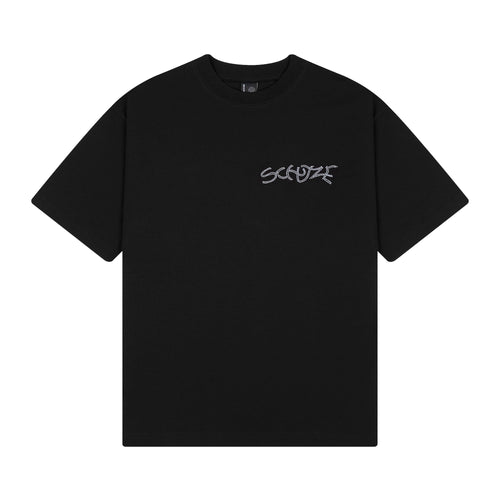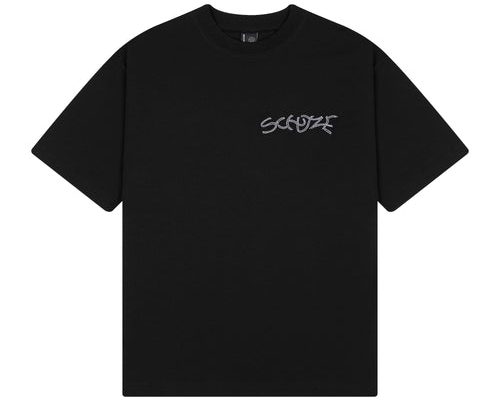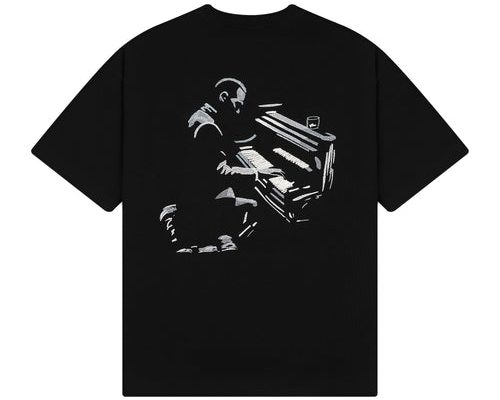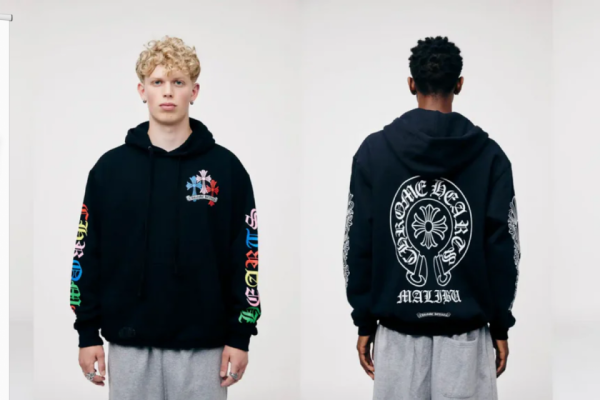The Birth of a Streetwear Powerhouse
Trapstar didn’t emerge from the polished halls of fashion design schools or luxury ateliers. It was born in London’s underground—among graffiti-tagged alleyways, pirate radio stations, and the sharp rhythms of grime music. Created by childhood friends Mikey, Lee, and Will, Trapstar started as a whisper among tastemakers and creatives, before roaring into global relevance.
Their mantra: “It’s a Secret”—a slogan stitched into the brand’s DNA. That phrase wasn’t just clever marketing. It was a declaration that Trapstar wasn’t for everyone. It was for those who already knew. Word spread through the streets, not through traditional advertisements but through energy, authenticity, and culture. The streets certified it before fashion magazines ever did.
Style with Swagger: Trapstar’s Signature Look
Trapstar’s designs were always bold, raw, and unmistakably street. They pulled from UK urban culture, dystopian futurism, and rebel energy. Their signature red-and-black color palette, military-style motifs, and cryptic typography created an aesthetic that looked like it came straight from a revolutionary’s closet.
The “Hyperdrive” jackets, “T-Logo” hoodies, and “Decoded” graphic tees aren’t just pieces of clothing—they’re symbols. Every item feels like a message, a badge of loyalty to a world that doesn’t conform to rules. Trapstar didn’t just sell style—it sold attitude.
Co-Signed by Icons: The Celebrity Effect
While Trapstar thrived in the streets, it didn’t stay there for long. UK artists like Giggs, Skepta, and Stormzy started rocking it in music videos and performances, turning the brand into a visible marker of street credibility.
But the co-sign that launched Trapstar into the stratosphere? Rihanna and Jay-Z. When Jay-Z, the king of cool himself, started wearing Trapstar gear—and later brought them under the Roc Nation umbrella—it was like the streets of London were suddenly being broadcast to the world.
Trapstar wasn’t just a UK thing anymore. It was international.
More Than Fashion: Trapstar as Cultural Movement
Trapstar wasn’t built like a traditional brand. It functioned more like a cultural insurgency. Its drops were unexpected, its collaborations exclusive, and its messaging always cryptic. It wasn’t about mass production. It was about making those who got it feel like insiders.
The brand became synonymous with rebellion, confidence, and grit. People wore Trapstar not just to look good, but to represent. Whether it was grime fans in London, drill artists in Chicago, or skaters in Tokyo, Trapstar spoke a global language of street strength.
Trapstar x Music: The Soundtrack to the Streets
Trapstar’s roots in music are undeniable. From day one, the brand was embedded in the rhythm of underground London. Its success ran parallel to the rise of UK grime, drill, and trap music. Trapstar didn’t just dress the artists—it became part of their story.
Look at music videos or album covers from the last decade, and you’ll see the T-star logo standing tall. It’s not unusual to hear the brand name dropped in lyrics or see entire music crews sporting Trapstar like a uniform. The fashion became the visual extension of the sound.
Global Recognition: From Pop-Up Shops to High Fashion
Trapstar stayed true to its roots, even as it grew. Instead of chasing acceptance in high fashion circles, the brand let fashion come to it.
Pop-up shops in cities like Paris, New York, and Tokyo sold out within hours. Collaborations with major labels—like Puma—blurred the line between sportswear and streetwear. Trapstar was now playing in the same league as Off-White and Supreme, but still keeping its London edge.
The fact that it could exist both in underground boutiques and high-end retail stores spoke volumes. Trapstar had cracked the code—luxury without losing loyalty.
The Trapstar Code: Rebellion, Respect, and Realness
What makes Trapstar different from every other streetwear brand trying to claim authenticity? The answer lies in code—the unspoken rules, energy, and attitude baked into every thread.
Trapstar didn’t start with a business plan. It started with community. It was never about chasing trends—it was about creating them. It never watered itself down to appeal to the masses. Instead, it pulled people into its world and made them feel like they belonged.
And even now, years after its explosive rise, Trapstar still holds the same code. The message is still underground. The vibe is still rebellious. The streets still recognize it.
From Certified to Legendary: The Future of Trapstar
Trapstar isn’t just surviving—it’s thriving. As fashion trends tilt more toward authenticity, streetwear credibility, and cultural relevance, Trapstar stands in a league of its own.
What’s next? More unexpected collabs. More limited releases. More domination of global streetwear stages. But at its core, Trapstar will never lose the gritty edge that made it a household name among street-savvy youth.
In a world flooded with fast fashion and performative branding, Trapstar remains a beacon of realness. From Brick Lane to Brooklyn, from back alleys to center stages, Trapstar is proof that when the streets speak—you better listen.
Conclusion: A Brand That Belongs to the People
Trapstar isn’t just clothing—it’s culture. It’s what happens when design meets defiance. When fashion meets fire. And most importantly, when the streets crown their king.
“Certified Streets” isn’t Tuta Trapstar just a slogan. It’s the truth. Trapstar didn’t ask for approval. It earned it. One drop, one hoodie, one revolution at a time.








